Top 10 emerging tech to transform the world by 2025.
Technological advancements drive the world by sourcing sectors on the cusp of breaking out and creating trends that propel us into the future.
Here is our selection of top 10 emerging techs you should be doubling down in before the end of this decade.
1. Cloning
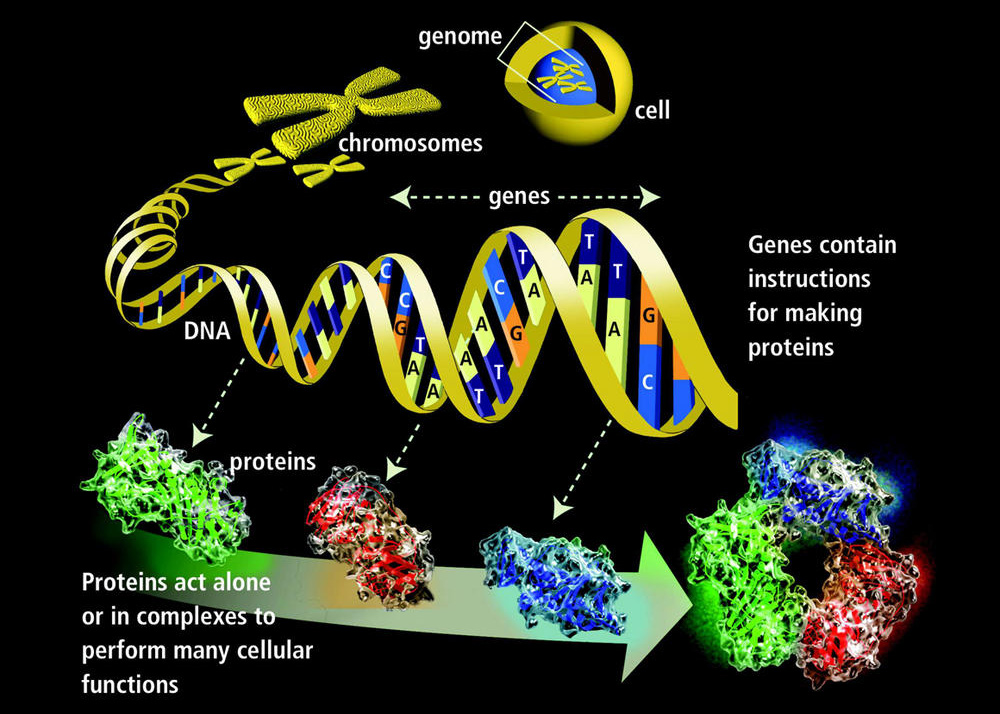
The genome contains all genetic instructions of the organism.
The world is witnessing seismic shifts in medicine; human ‘germline’ engineering, longevity research, genomics.
For example, your full genome can be sequenced and analyzed for less than the price of your iPhone. Moore’s law? Transcended!
The price of genome sequencing plunged from about ten million dollars to under a thousand, in less than five years.
Similar to the way the adoption of personal computers changed the world, the lightning pace of the research in genomics, coupled with AI, transforms bioscience.
By 2025, we’ll be able to correct most DNA disorders that affect us.
With CRISPR, we can correct ‘broken’ genes and eradicate inherited disorders or”edit H.I.V.” out of the immune’s cell DNA.
If altering the DNA does not concern you much, know that soon you’ll be able to buy your girlfriend a gene-edited ‘micropig’ as a pet, for her birthday.
Do not let the moral and the ethical issues bother you but debate them together, over a glass of wine.
2. Wearables and Implantables
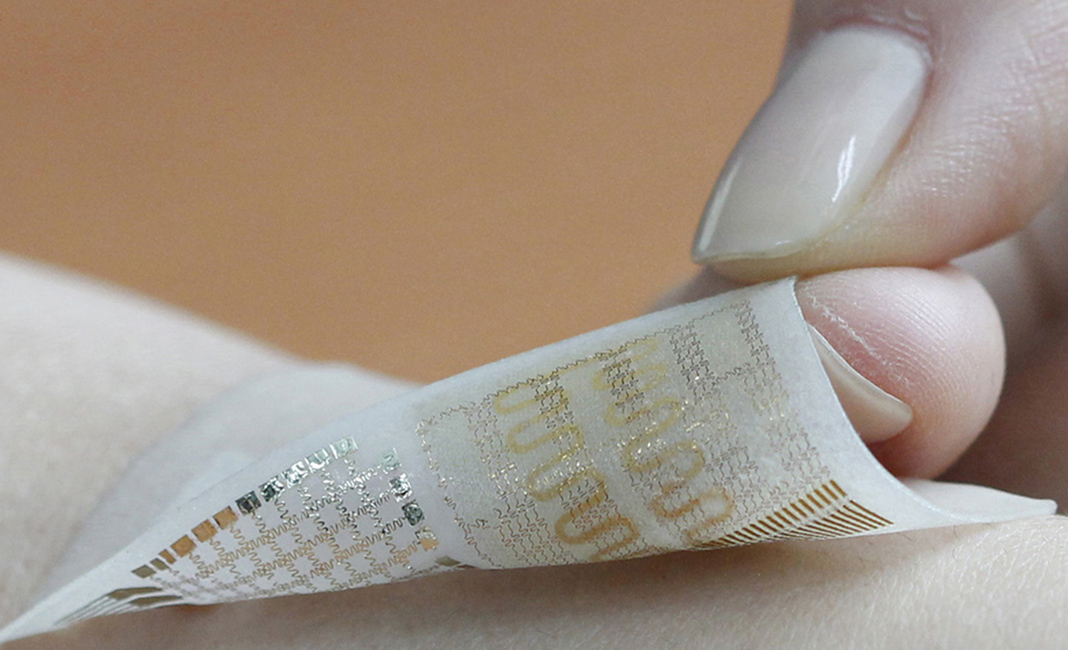
Expecting a market for ‘tech-infused’ implantables, artificial organs, and replacement body parts by 2025.
By the end of this decade, a new type of market will surface.
Shops for tech-infused implantables, artificial organs, and replacement body parts.
The latest research in nanomaterials such as the ‘one-atom-thick’ 2D material, graphene applications, and the PHT thermosetting polymers, bioprinting and the new generation of smart sensors baked for the mass market is going to recast the way we interact with the environment and objects around us.
By the end of the decade, there will be a trillion sensors throughout the world.
Once embedded and activated, these sensors will create an invisible mesh that collects, analyses and adds information to your blockchain-based digital profile.
A market for self-powered sensors able to sense potential biohazards, identify pathogens, ‘smell’ pollution, ‘see’ erosion, corrosion and even ‘feel’ damage.
Self-healing sensors, living cells sensors, microRNA sensors able to travel in the bloodstream, diagnose at a molecular level, monitor and heal internal injuries.
3. BioPrinting

3D printed ear, nose and bone structures. Coated with living cells can grow as genuine body parts.
Additive manufacturing exists since the ’80s.
However, it took over twenty-five years to reach a cost-effective ready for high-volume production level.
Similarly, the number of applications increases while 3D scanners, modelling software, and 3D printers are getting cheaper.
Experts can yield various materials in different colours and shapes to create complex parts, unimaginable in traditional manufacturing. 3DPrint pills, casts and bones.
Industrial-scale ‘bioprinting’ of live-tissues for drug testing, and organs for medical training.

Next steps in bio-printing involve living cells and complex organs.
4. Augmented Reality
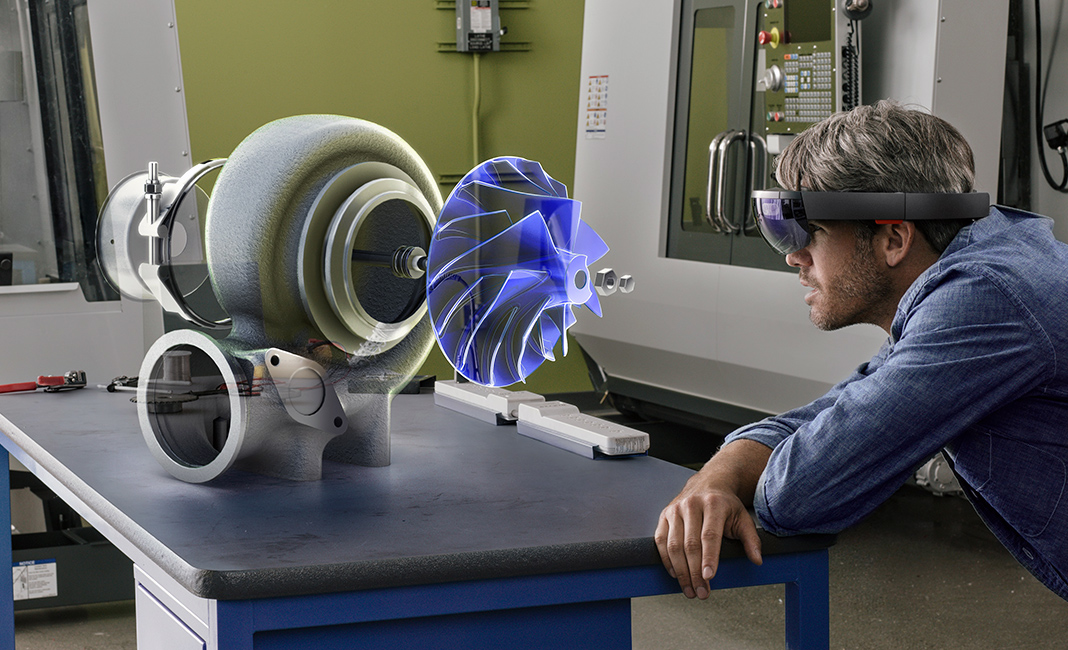
Next-generation AR merges the real world with the digital.
AR is set to become a leading landscape of the next decade.
Back in 2014, Facebook bought Oculus for $2 billion.
At the end of that year Google was leading a half-billion investment in Magic Leap, an AR startup that as of right now has a market value of $3.7 billion.
Astounding for a company that has not released a single device, yet.
Before Magic Leap, there was Metaio, a company launched in 2003 as a Volkswagen project, and acquired by Apple last year.
And even before Metaio, there was ODG, a San Francisco-based company founded in 1999, and receiver of “Best of Innovation Award” at CES 2016, for its ODG R.7 smartglasses.
You get the idea; big money in emerging tech.
5. Robotics
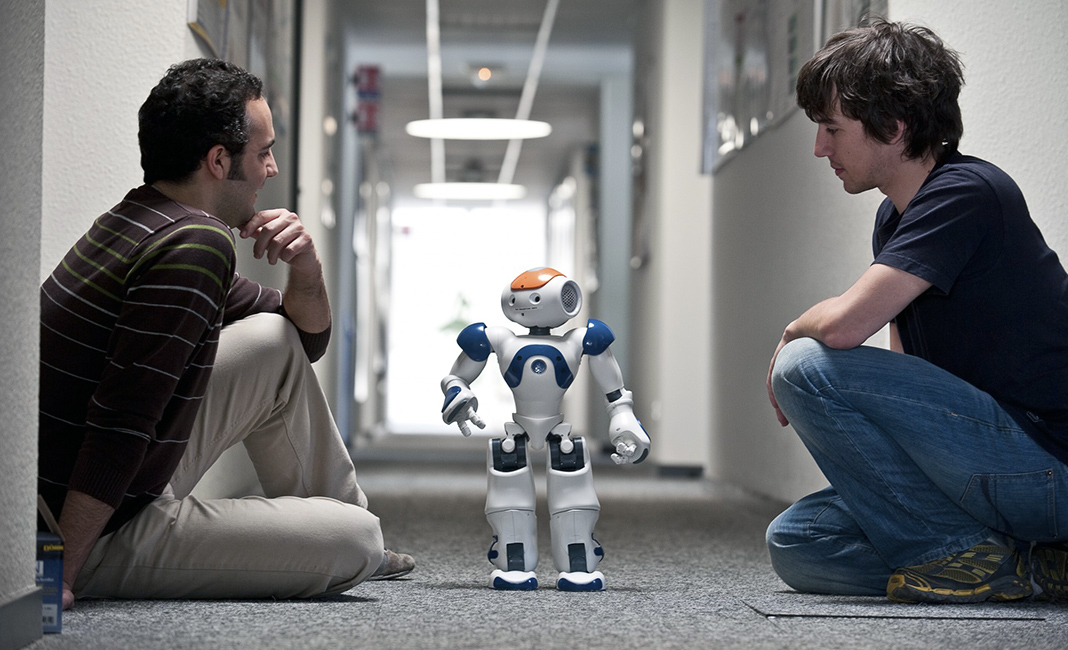
The robots are already amongst us, interacting with us.
When George Lucas introduced ‘droids’ as robots designed to tend to their master’s needs back in 1977 (Star Wars – A New Hope) we took it for what it was; a sci-fi movie.
However, forty years later (2013) when Google acquired eight robotics companies, we knew that sci-fi was about to get real.
Three years later and the androids are amongst us, close to the point where the “uncanny valley” effect will be remembered as poppycock of the early days in the history of the humanoids.
By the end of this decade, the droids will be everywhere.
Your children are going to have robot pets, play with them, upgrade and repair them.
We’ll have droids compete in televised competitions.
By 2025 we’ll have the world’s first Olympic Games for Droids, mark my words.
Humanoids with a near-identical resemblance to humans arouse a sense of disgust in the person looking at them, a phenomenon called ‘the uncanny valley’ effect.
End of 2025, droid caregivers will help you at home and outside your home, you’ll see sanitation droids armed with sonars, cameras, motion detectors and heat sensors.
They’ll keep the cities clean and safe.
Oh, before you get too ‘uncanny’ with Honda’s Asimo droid or the Petman from Boston Dynamics, better check at your local supermarket for the latest helper in town.
6. Artificial Intelligence
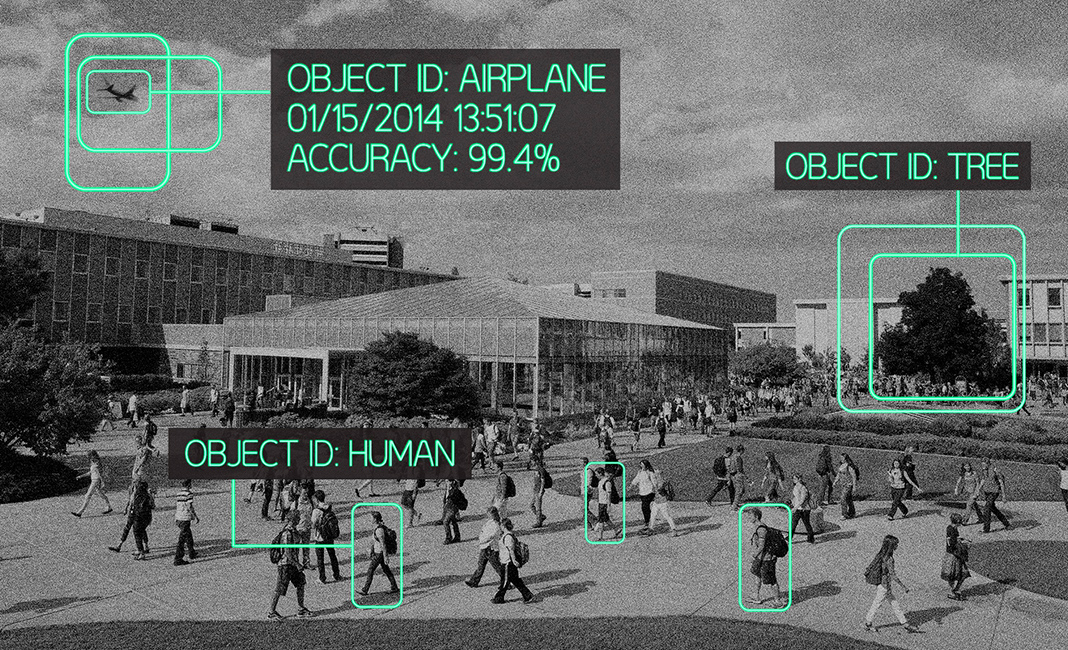
AI that designs own algorithms, communication forms and next-level AI.
NELL (Never-Ending Language Learning), a project of Carnegie Mellon University, can crawl and read news from hundreds of millions of web pages, in seconds.
It is not the “indexing” speed that makes it so useful but it’s reading and understanding capabilities.
The power of learning and being able to perform better next time.
NELL bridges the learnt / pre-programmed AI dichotomy. Oversimplified, Watson and DeepMind are two types of AI.
Watson is pre-programmed to help (let’s say in digital health) via longitudinal tracking of vital signs and images while DeepMind learns and improves as it goes.
Smartphone assistants such as Siri, Alexa or Cortana, are pre-programmed.
DeepMind, on the other hand, learns from the ground up.
And if, to begin with, DeepMind was taught, the next step was to get rid of the supervised learning and let the algorithm work alone.
‘Cogito ergo sum.’
7. Biometrics
Voice has become the new ‘fingerprint.’
Thanks to advanced AI ‘voice control’ systems are now at a level where seamless integration with existing tech, across platforms, is a mere formality.
Your voice is a great security token; it lasts for life and no matter how good you are at impersonating others you cannot replicate another person’s voice to the level of matching their voiceprint.
You might trick your boss by impersonating your girlfriend on the phone and get a day off but trust me, you cannot deceive the AI.
According to ABI Research, biometrics-based revenues are going to reach almost $30 billion by 2020.
After fingerprint sensors and voice recognition to facial ‘pay-by-selfie’ and ‘unlock by face’ solutions to more complex biometrics like retinal and heartbeat signatures.
8. Unmanned Systems
Drones for crowd monitoring and city streets patrolling.
The usage of unmanned aerial vehicle or UAV and unmanned combat aerial vehicle UCAV, or military UAV is on the rise.
Army forces, government agencies, businesses, and even private individuals are boosting the development and growth of this sector.
US is a leader in UAV with a 70% share at the end of 2015.
Israel follows closely and China is set to become the leading manufacturer of UAV by the end of 2020.
Right now, the military drones market is ahead of the private market.
However, over the last two years, we’ve seen an increase in civilian drones usage.
The global market is expected to reach $10bn by 2025, including services and 3rd party apps.
Police surveillance drones to replace helicopters by 2025.
Drones are signalling ‘the end’ of 90 years of aeroplanes piloted by humans.
There will be drones for crops surveying, power and pipelines inspections, wildlife surveillance, medical supplies deliveries, forest fire detection, plume tracking, illegal hunting, land surveying and even large-accident investigations.
9. Emerging Tech In Self Driving
Tesla and Google the automobile manufacturers of tomorrow.
Despite significant barriers to self-driving cars, such as the high costs and obscure regulations, autonomous cars are ready for the mass market.
V2X and V2V emerging tech designed by Ford, Audi and Volvo have changed the way autonomous cars interact with the environment and other traffic participants.
Initial results are seen in the latest lorries from Mercedes and self-parking cars from BMW.
V2X and V2V equip autonomous vehicles with ‘senses’; computer vision, radars, GPS, lidar, and other systems that can read and interpret external information such as road signage and obstacles and act accordingly.
According to BI Intelligence, we’ll have 10 million self-driving cars on the roads by 2020.
10. Blockchain Technology
Post fiat (cash), plastic cards era comes the times of crypto coins or electronic money.
There’s a cryptocurrency revolution brewing.
Driven – on the surface – by the idea of bitcoin money, but in reality, powered by its blockchain construct, an emerging tech that’s going to disrupt all industries and Wall Street.
If the first version of the blockchain is not more than a digital ledger, the next developments will allow the creation of smart contracts, decentralised exchanged, immutable voting, fiat to crypto and back, micro-lending, crowdfunding, unbanked the banked and machine to machine human-like exchanges






